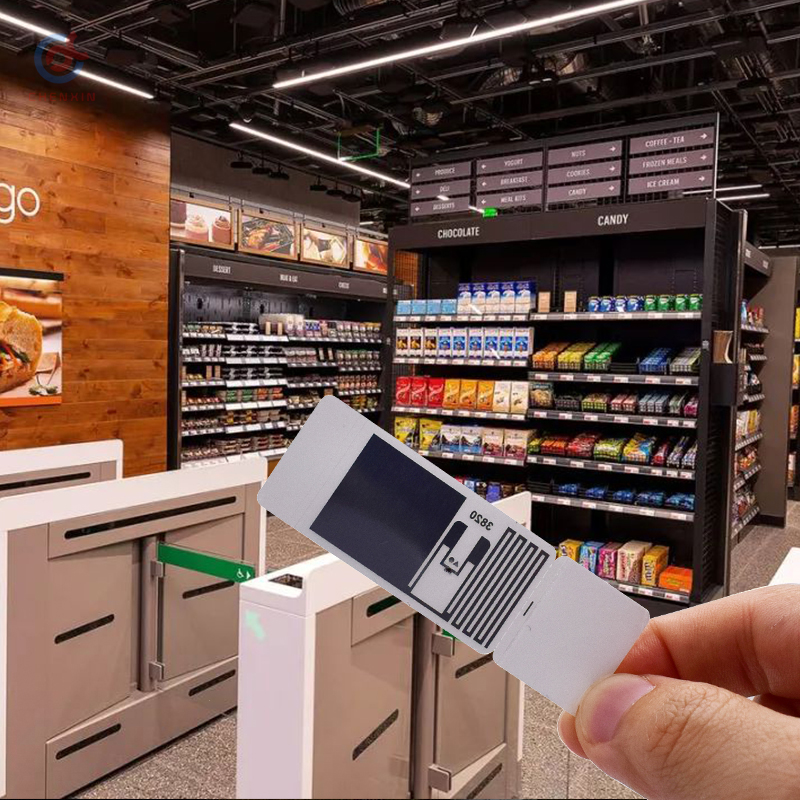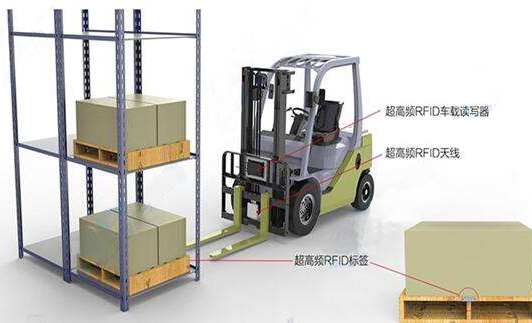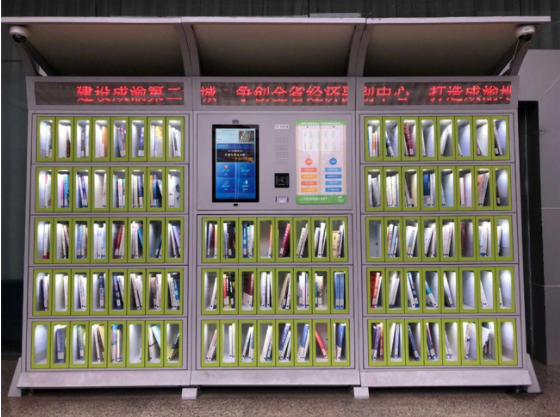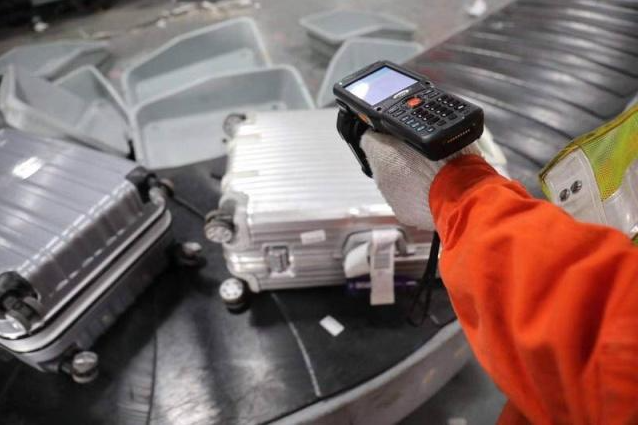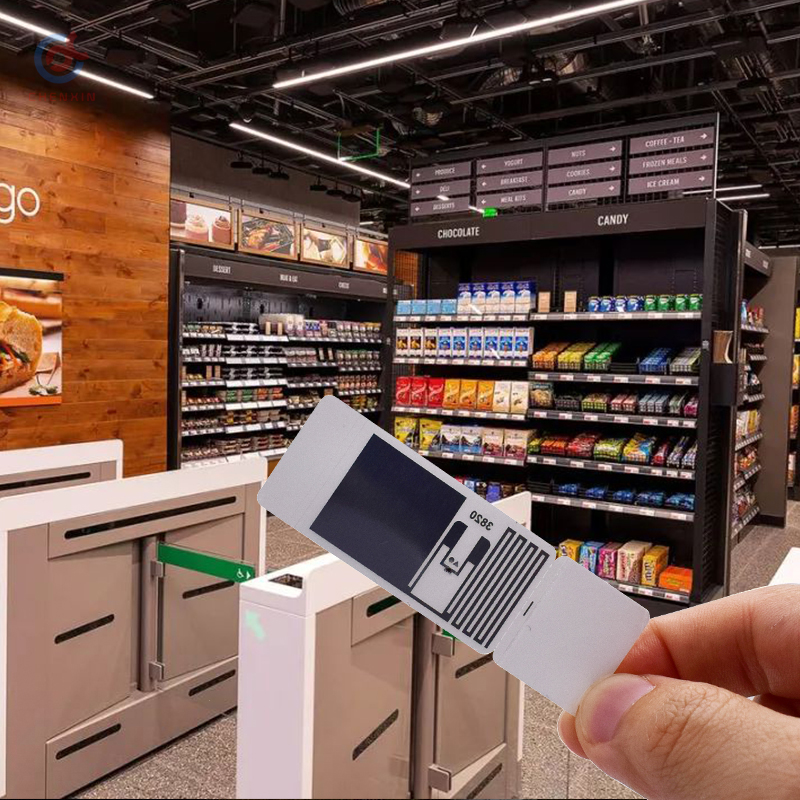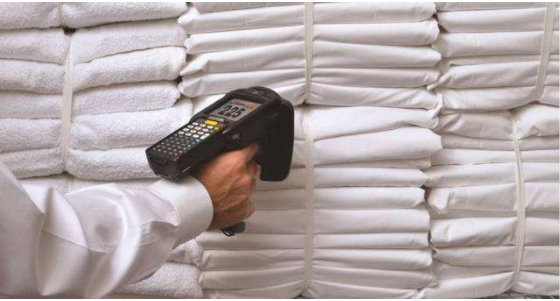In the airport service, baggage control plays a vital role. How to carry out sorting efficiently and orderly has always been an important part of airport management. At present, the application of RFID technology, integrated aviation baggage handling is the use of RFID technology solutions to complete baggage consignment. The application of airport baggage RFID technology implements efficient management, which greatly improves airport baggage operations.
Radio frequency identification (RFID) baggage tags are a new type of baggage tag with its own sorting system identification chip. It is also the first to be used in all airports across the country. It is in the synchronized time period when the radio frequency identification (RFID) inkjet printers spray the baggage tags. Write flight information to the chip, and cooperate with the sorting system's scanning instrument to achieve the purpose of entering the corresponding chute for checked baggage of different flights, facilitating baggage sorting, and improving the speed and scale of the task.
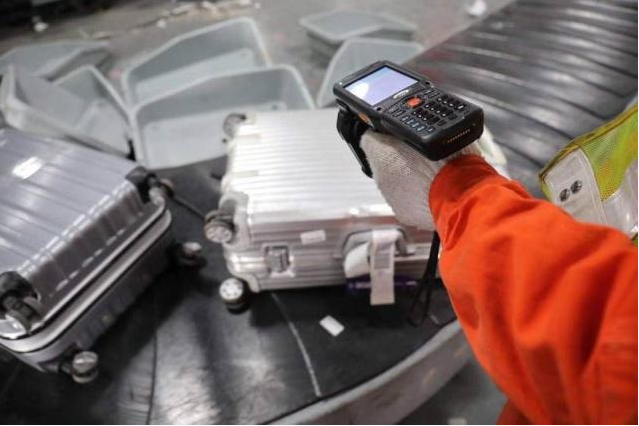
In terms of baggage sorting technology, what are the advantages of RFID technology?
1. Scanning fast
Barcode scanning is a one-to-one correspondence, while UHF RFID readers can identify and read multiple RFID electronic tags at the same time.
2. Small size and diversified shapes
The reading of RFID technology is not limited by size and shape, and does not need to match the fixed size and printing quality of the paper for reading accuracy.
3. Strong anti-pollution ability and durability
The traditional barcode carrier is paper, which is susceptible to contamination, while the RFID tag stores the data in the chip, so it can be protected from contamination.
4. Reusability
Most barcodes cannot be changed after they are printed, while RFID tags can repeatedly add, modify, and delete data stored in the RFID tag to facilitate the update of information.
5. Penetrating and barrier-free reading
When covered, RFID can penetrate non-metal or non-transparent materials such as paper, wood, and plastic, and can perform penetrating communication. The barcode scanner must be at a close distance and no object blocking the situation before it can read the barcode.
6. Security
Since RFID carries electronic information, its data content can be protected by a password, so that its content is not easy to be forged and altered.
RFID readers use RFID external antennas and affix RFID electronic products to each piece of luggage to record various information about aircraft passengers, such as flight parking position, take-off time, etc., to track, allocate and transmit luggage;
When baggage is entrusted by the passenger’s audience to take over the airport baggage transportation, the various controls of its flow such as sorting, installation of RFID electronic tag reading and writing equipment at the pick-up area, and then transmission to various departments, baggage information is realized in the entire transportation process Sharing and monitoring have improved the management level and efficiency, and the luggage will be delivered to the destination on time and accurately, improving safety management.
By binding the identity of the RFID electronic tag information on the checked baggage of passengers, the RFID electronic tag records the passenger's personal information, departure port, arrival port flight number, parking position, departure time and other information flow control nodes, such as sorting , Install electronic mark reading and writing equipment at the installation area and baggage claim area. RFID technology has great advantages to ensure the safety of passenger luggage and improve passenger satisfaction; effectively monitor the entire process of passenger checked luggage; implement each operation link and the responsibility of the operator; ensure the accuracy of luggage sorting; fast search and Pick out the luggage of a specific passenger.
When the baggage with the tag information passes through each node, the RFID reader will automatically read the RFID electronic tag information on the baggage, transfer it to the database in real time and realize the sharing and monitoring of the checked baggage information. RFID technology realizes the automatic collection of data in the whole process of baggage delivery, sorting, loading, loading, unloading, baggage loading carousel, and passenger baggage pickup and departure, providing intelligent management for the automatic processing of baggage business.
